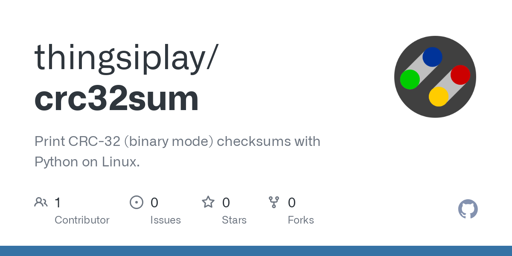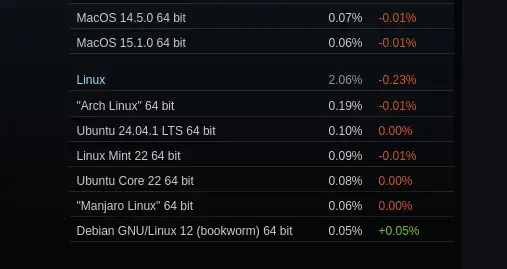

I have on my old phone still a custom Android /e/OS. It’s a “deGoogled” variant of Android 12 on my S7 Edge. And if I ever buy a new phone again, it will be a direct Linux operating system (I know that Android technically uses Linux as its Kernel) or again an ungoogled custom Android. But as someone who doesn’t do much with the phone anymore, I probably won’t.





I don’t know of a service that tracks all major repositories to calculate a single popularity index. They are not really comparable to each other anyway.
Depending on what type of application you search for, I think “Flathub” could be one major source. It’s a pretty popular “platform” and not dependent on a certain distribution. There are “Trending” and “Popular” categories too. It’s excellent to find some new software (or to remind an older one exist) in my opinion. You don’t even need to install the Flatpak and can do it from Archlinux repositories (or the AUR if you prefer).